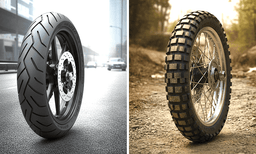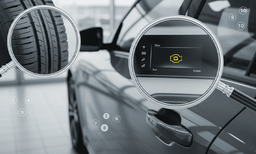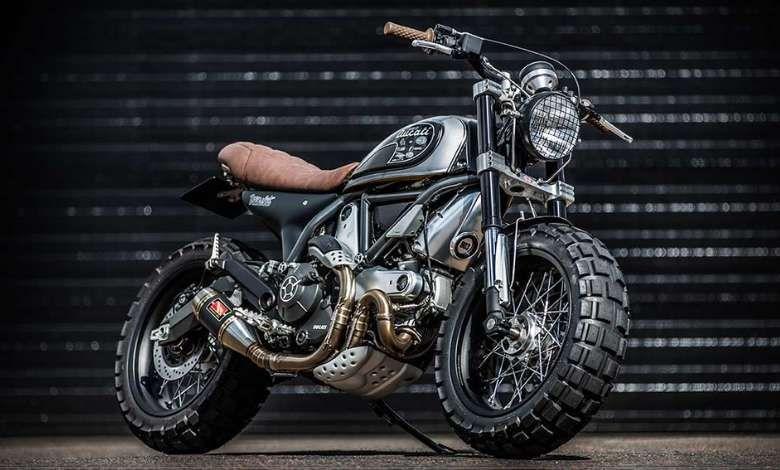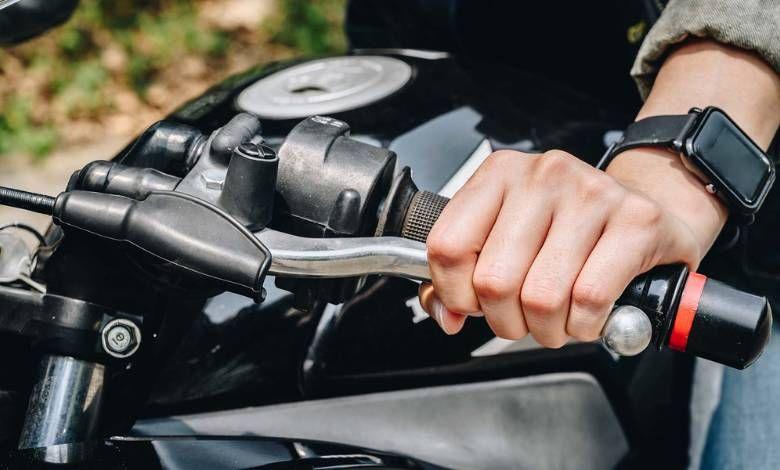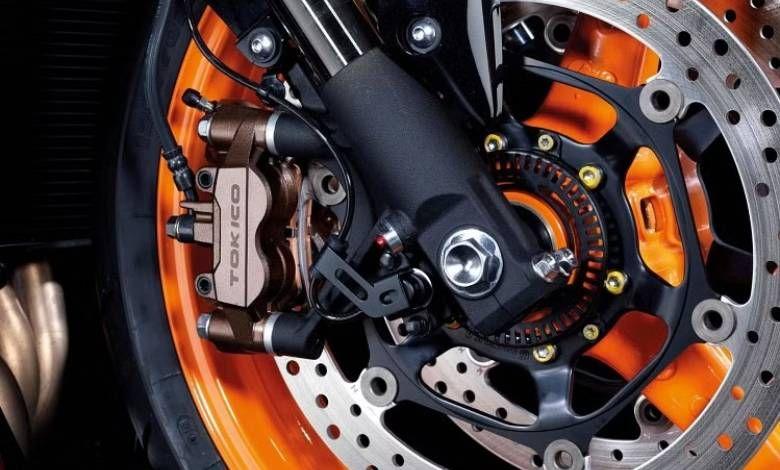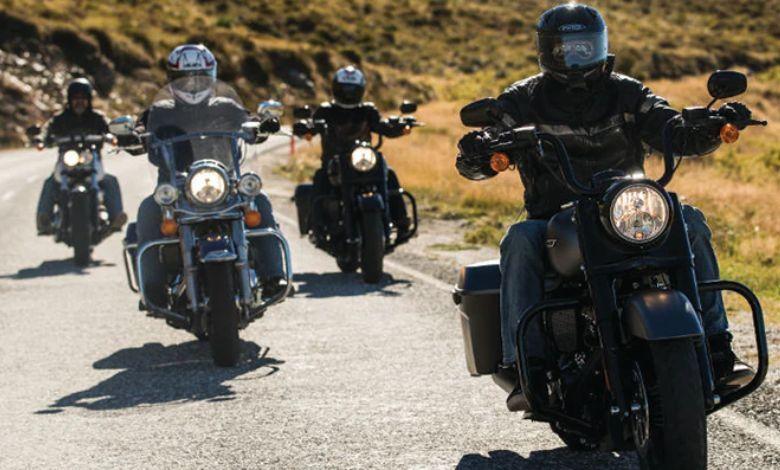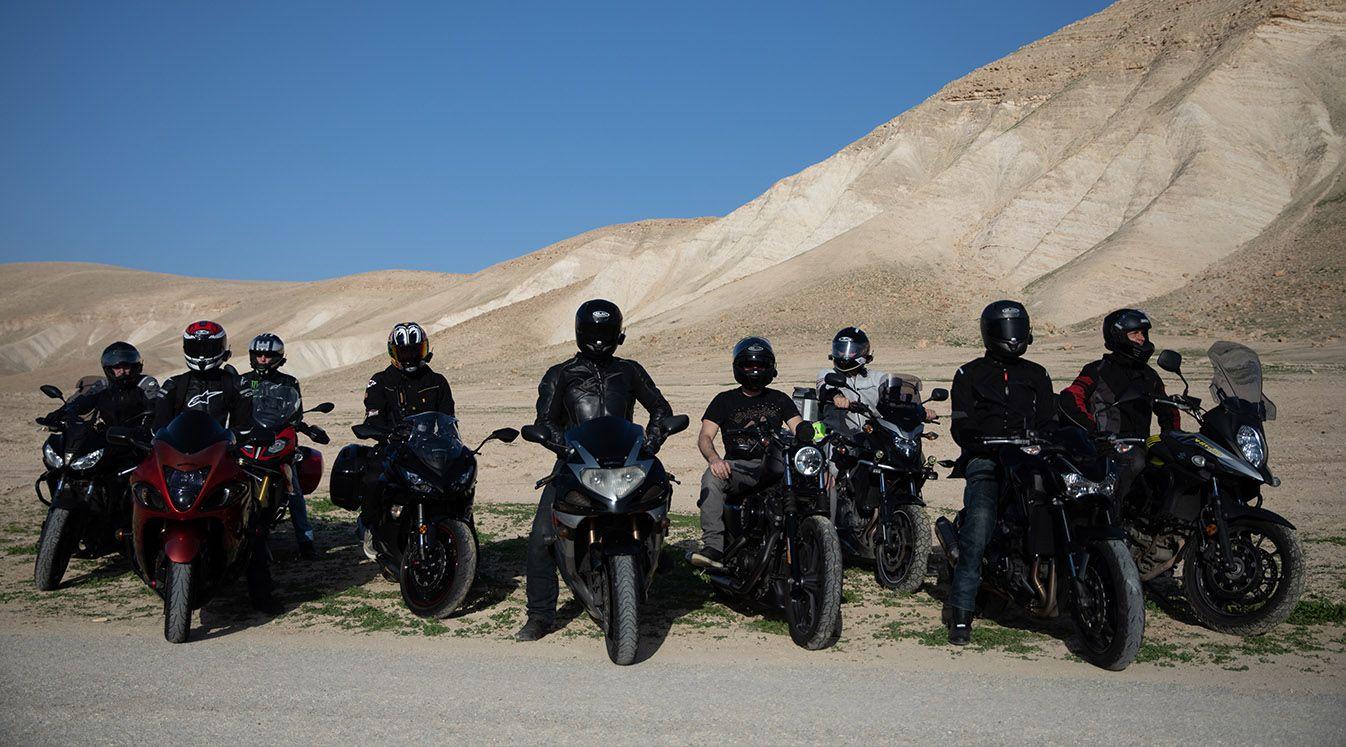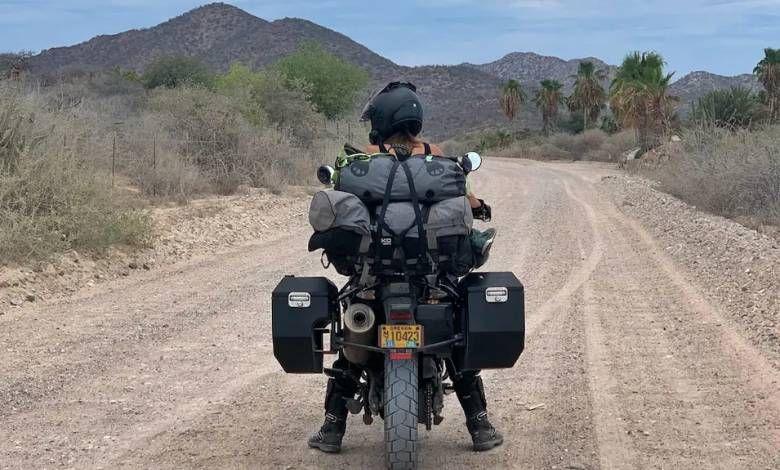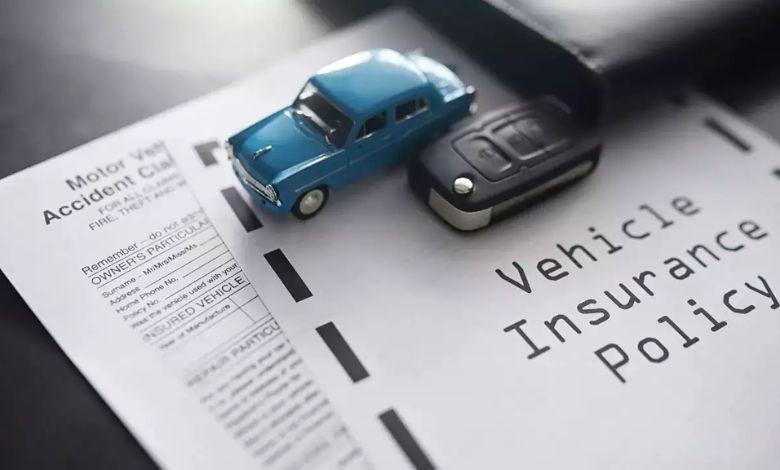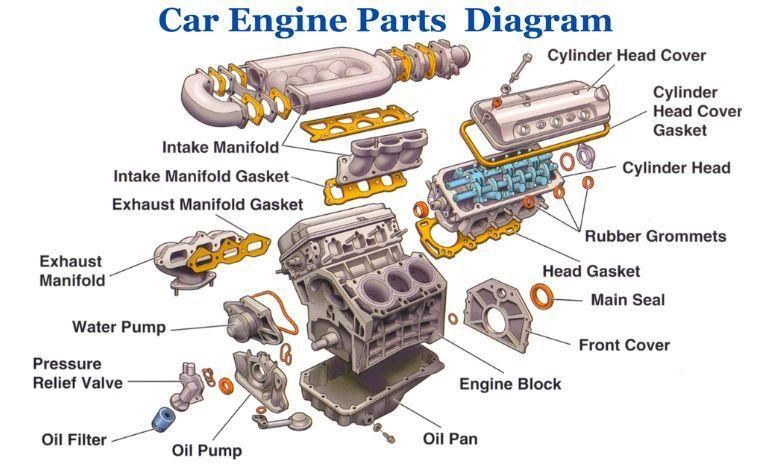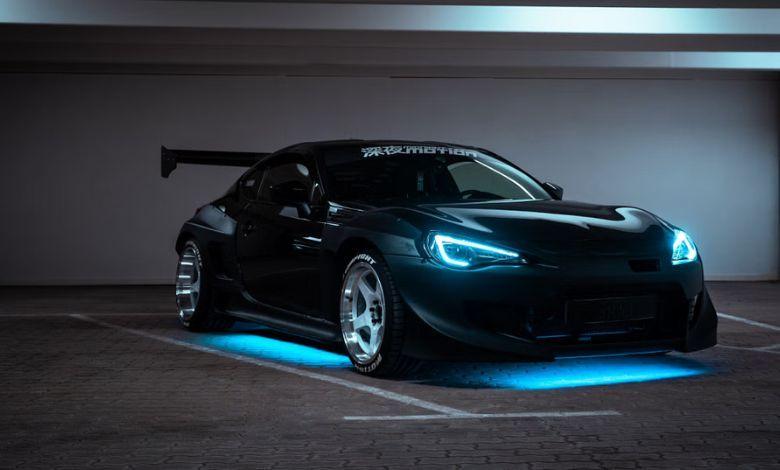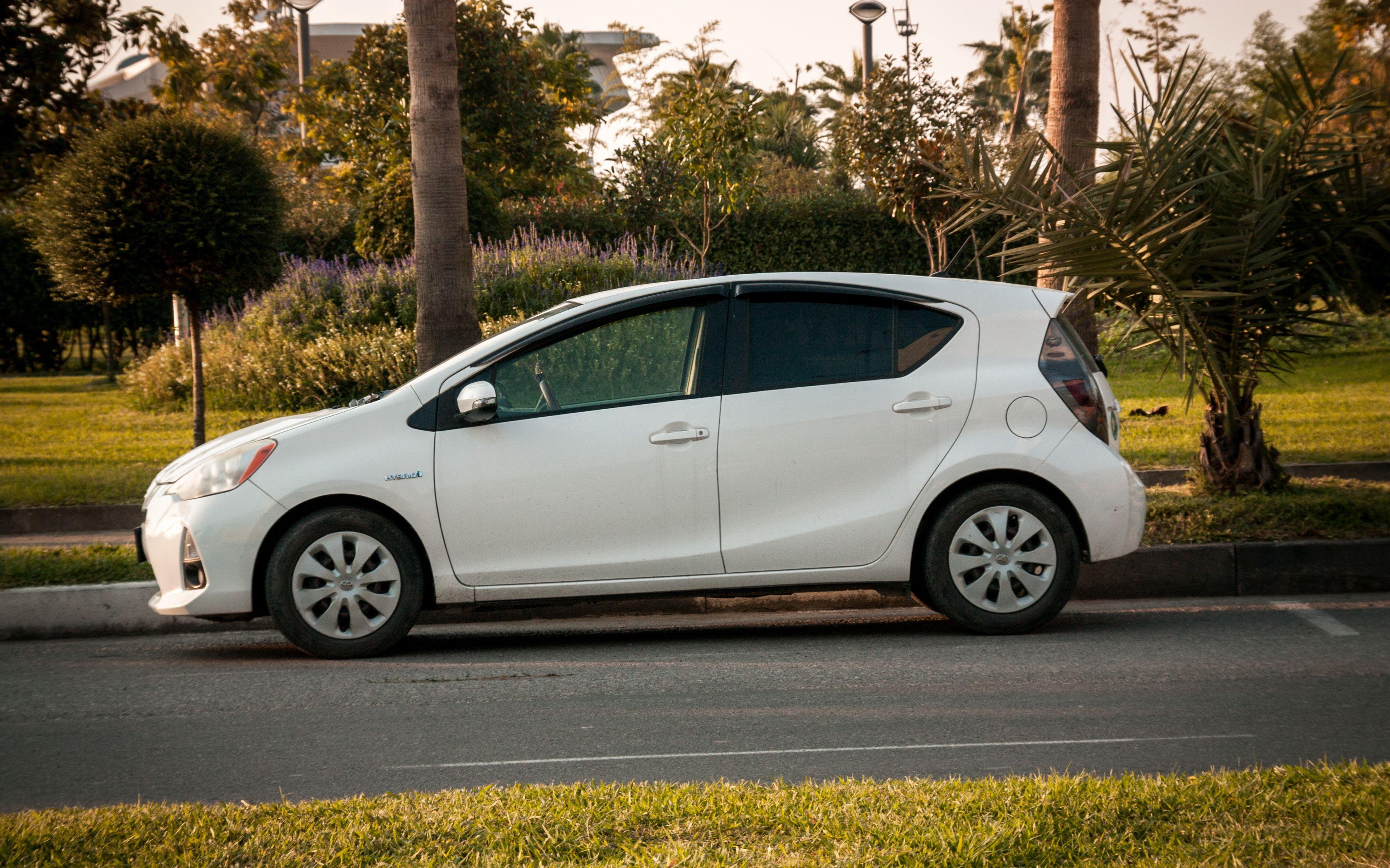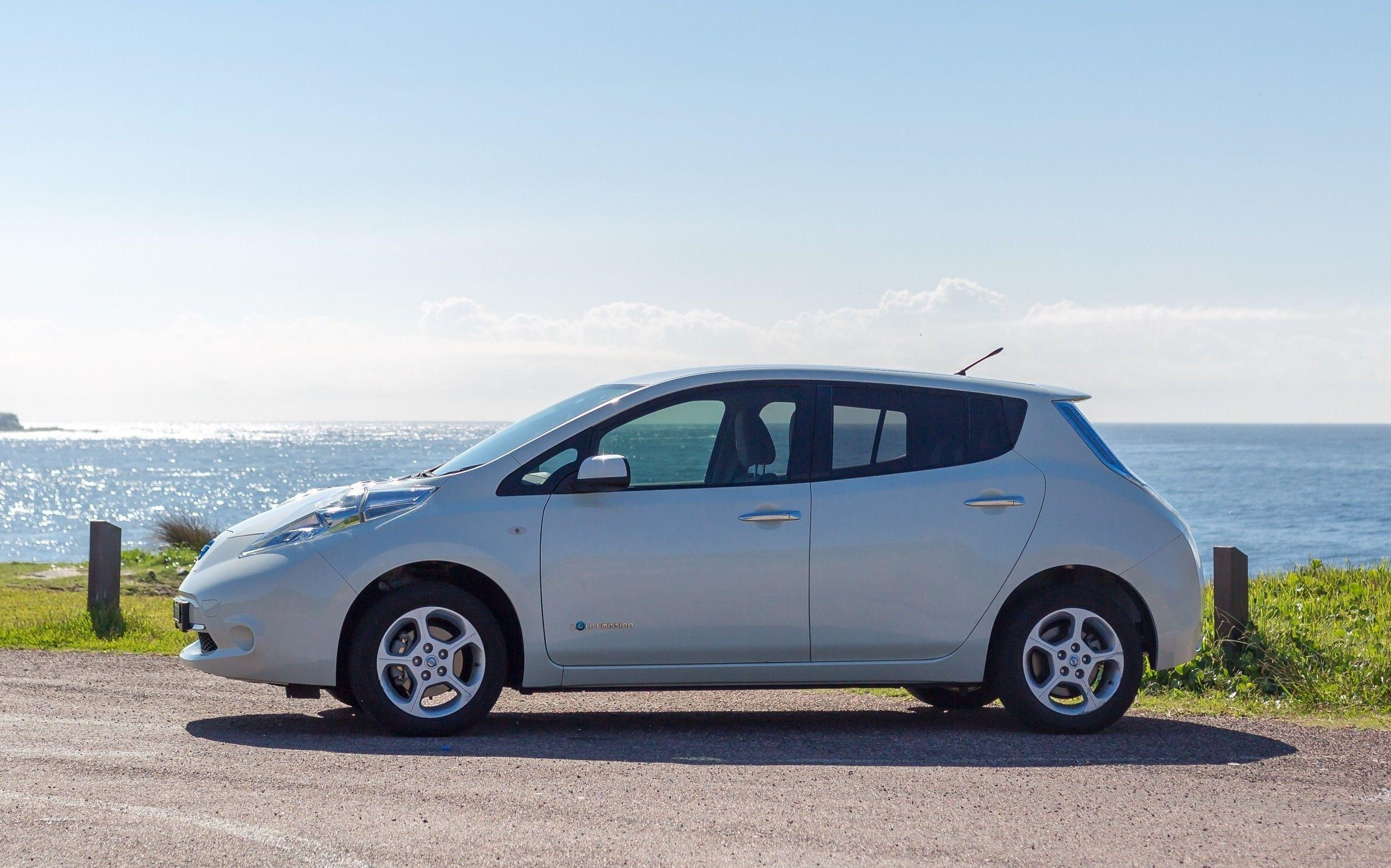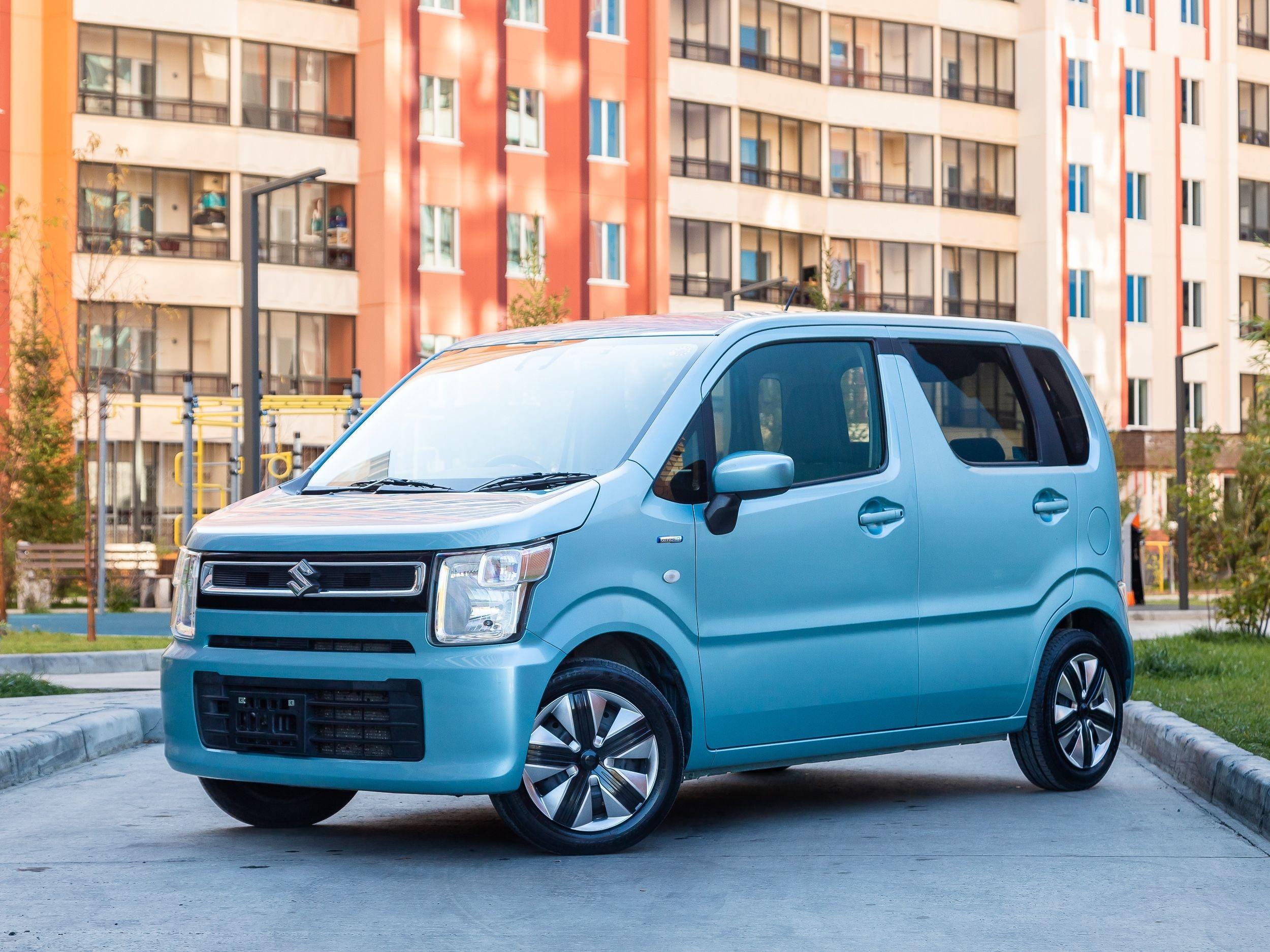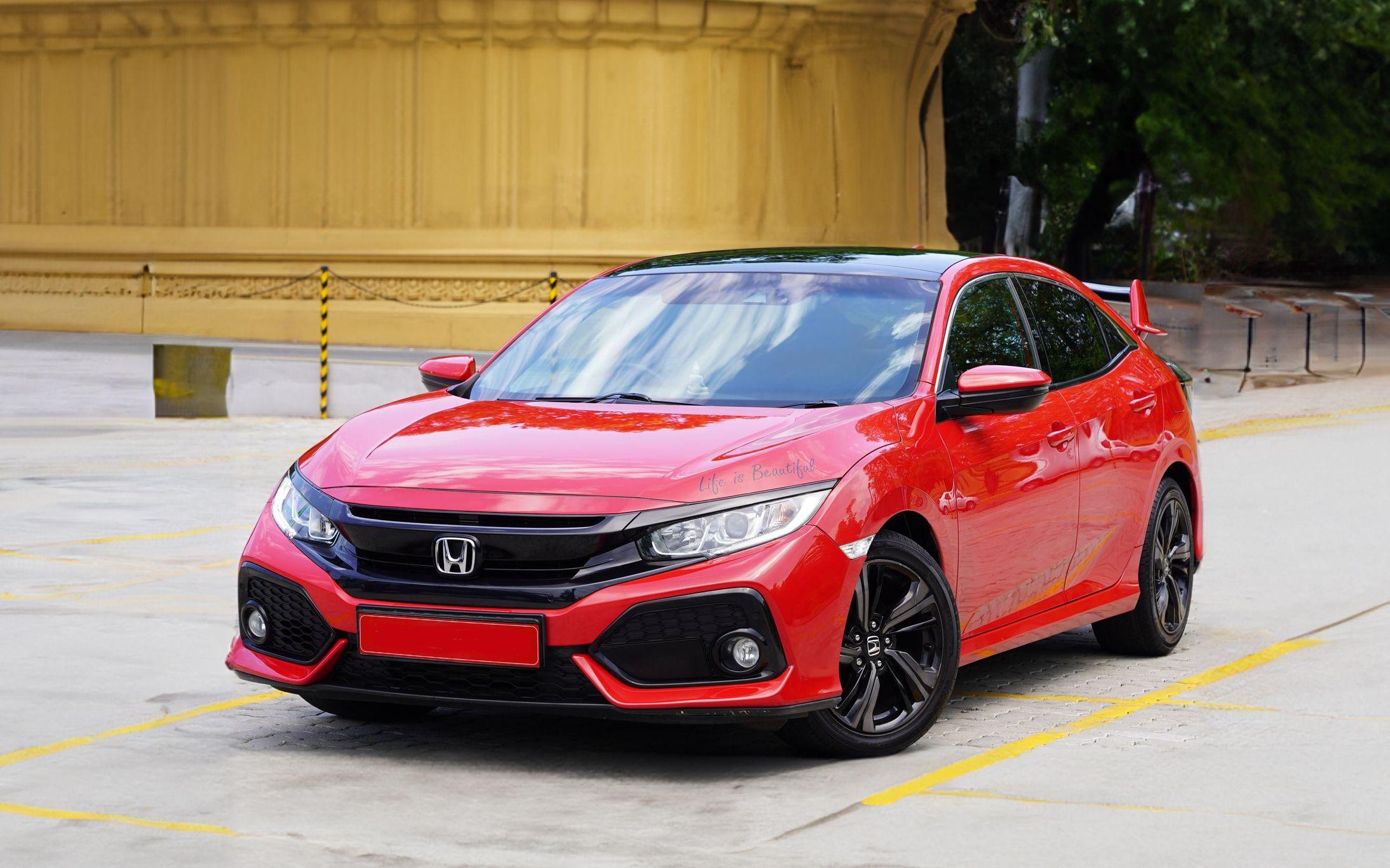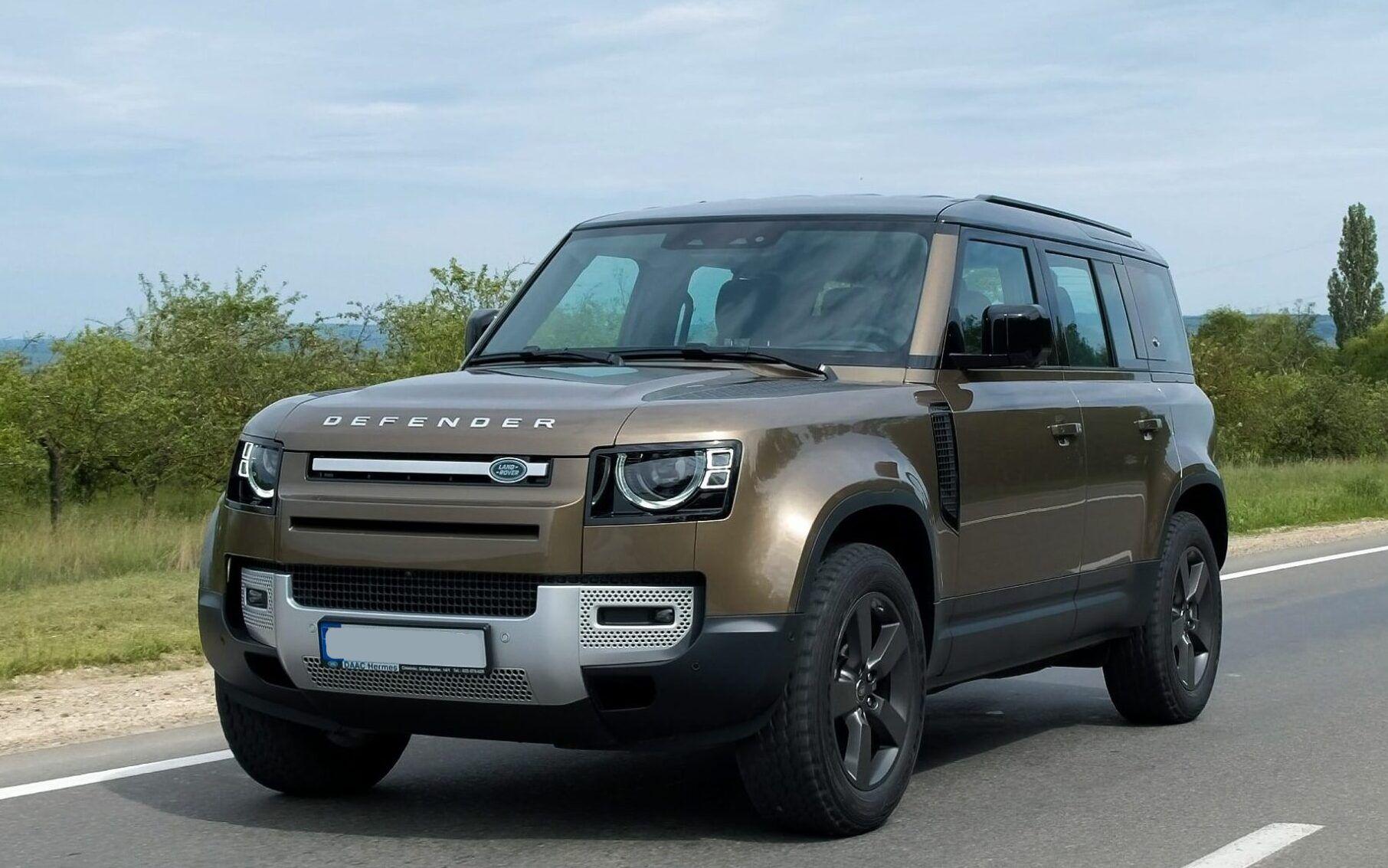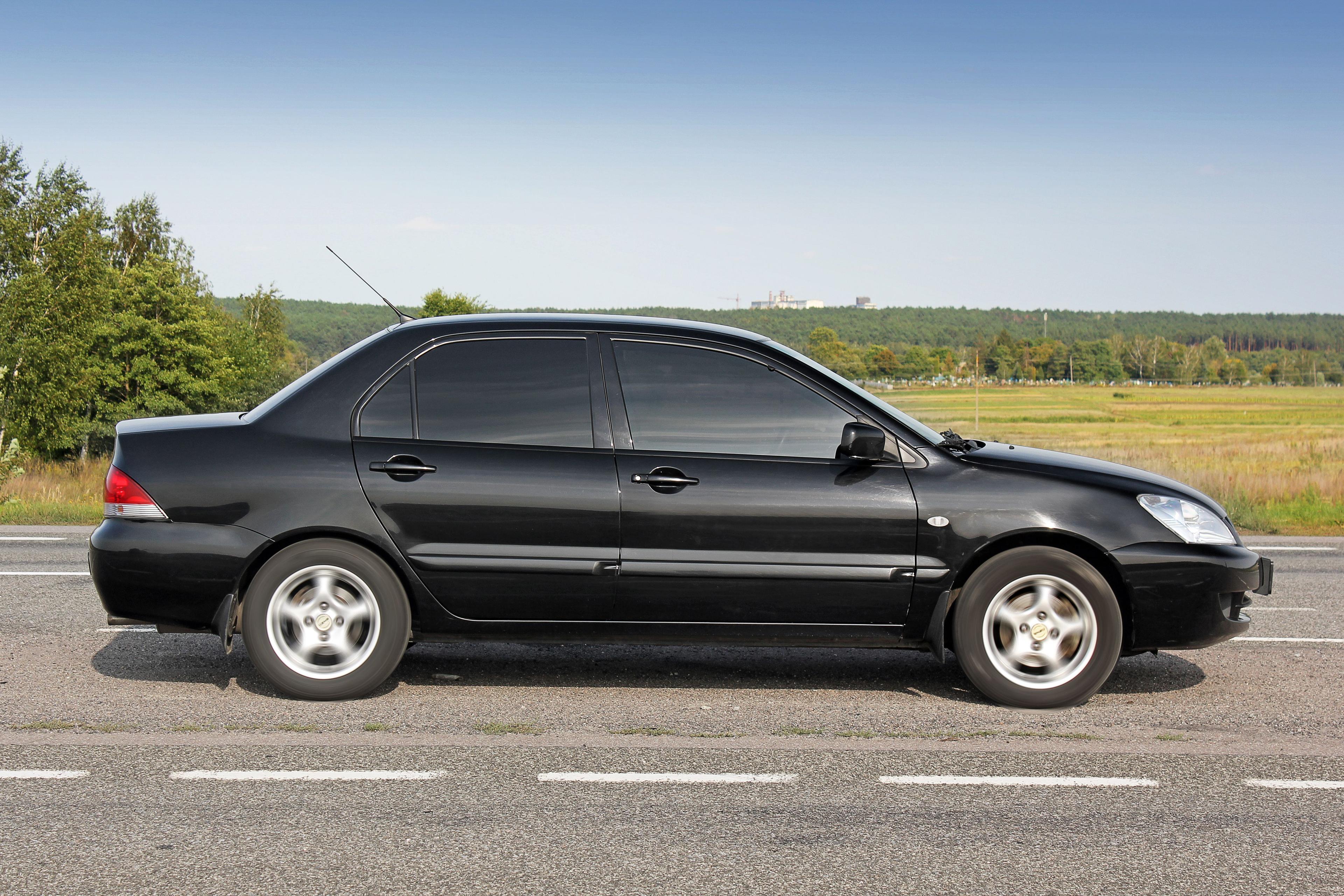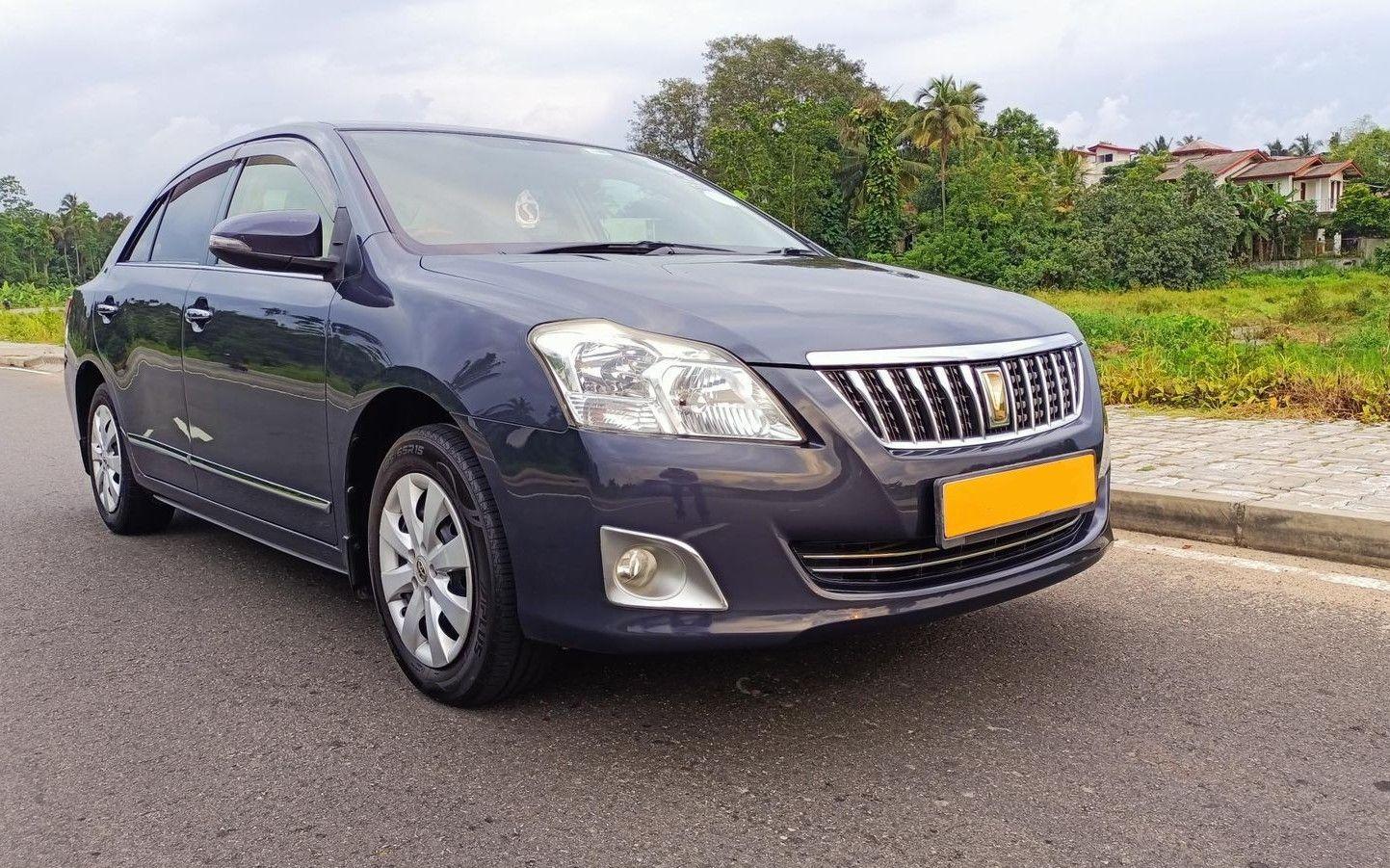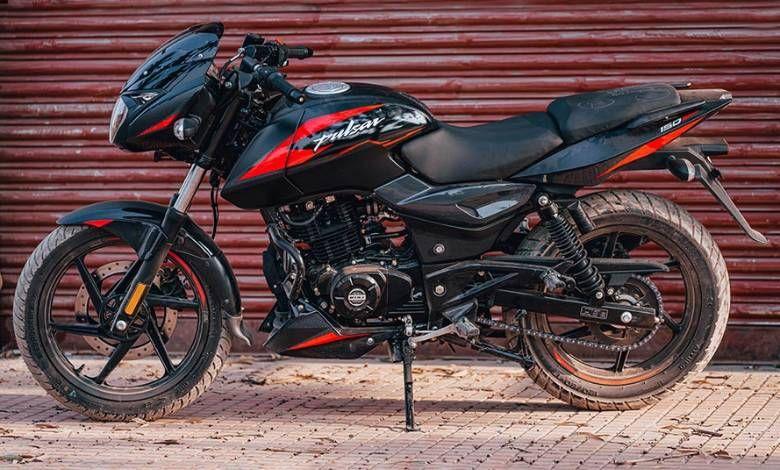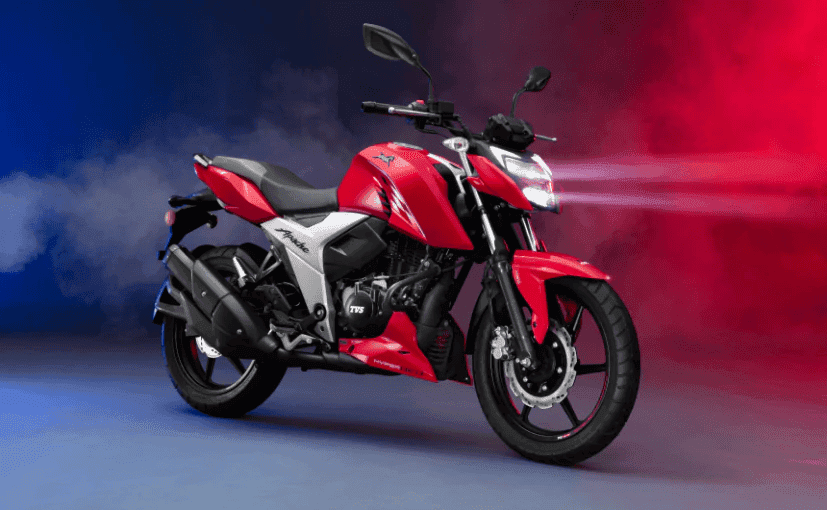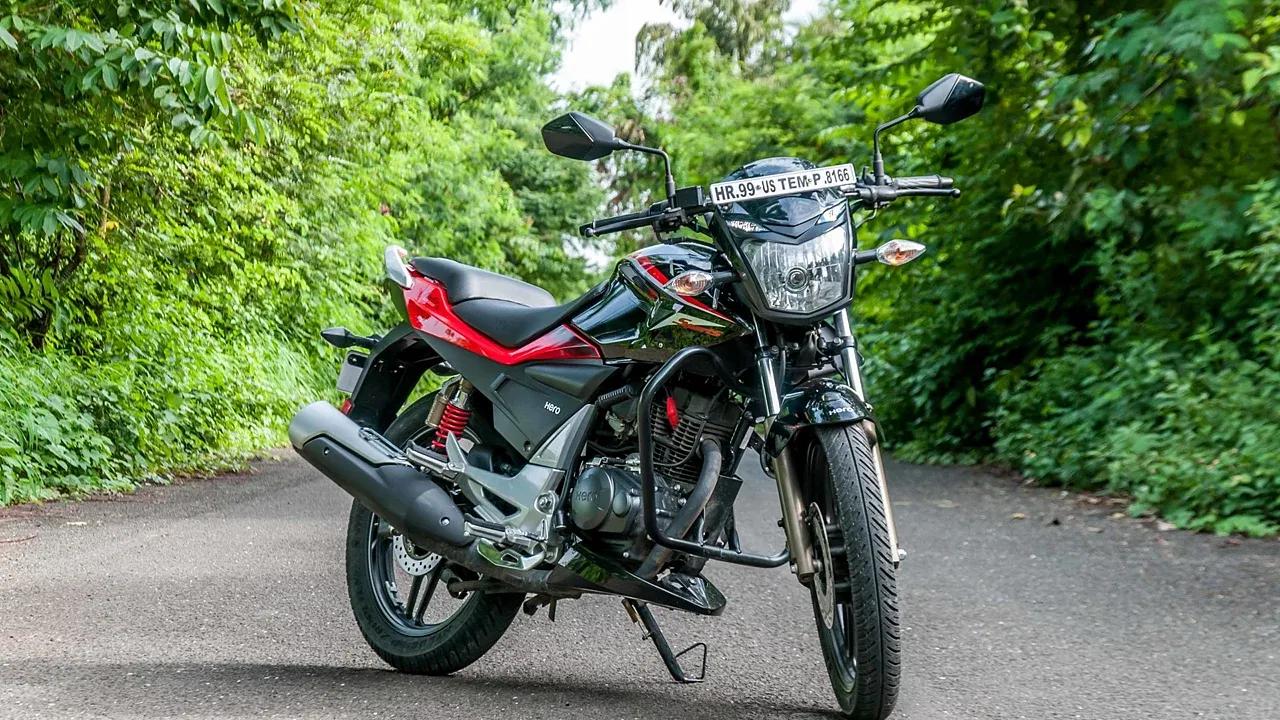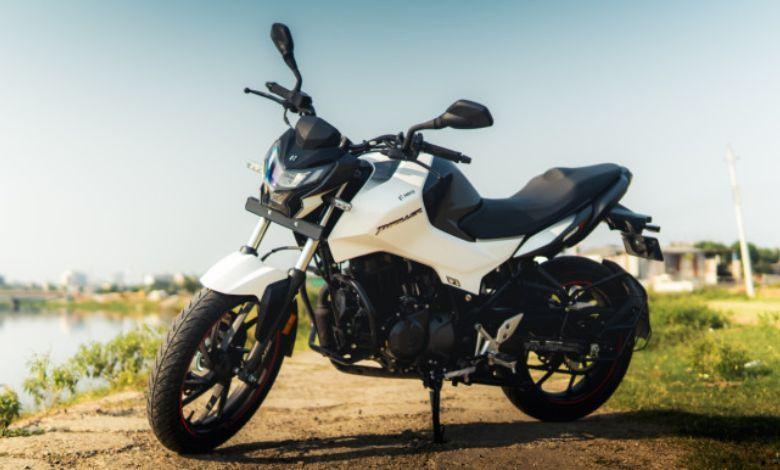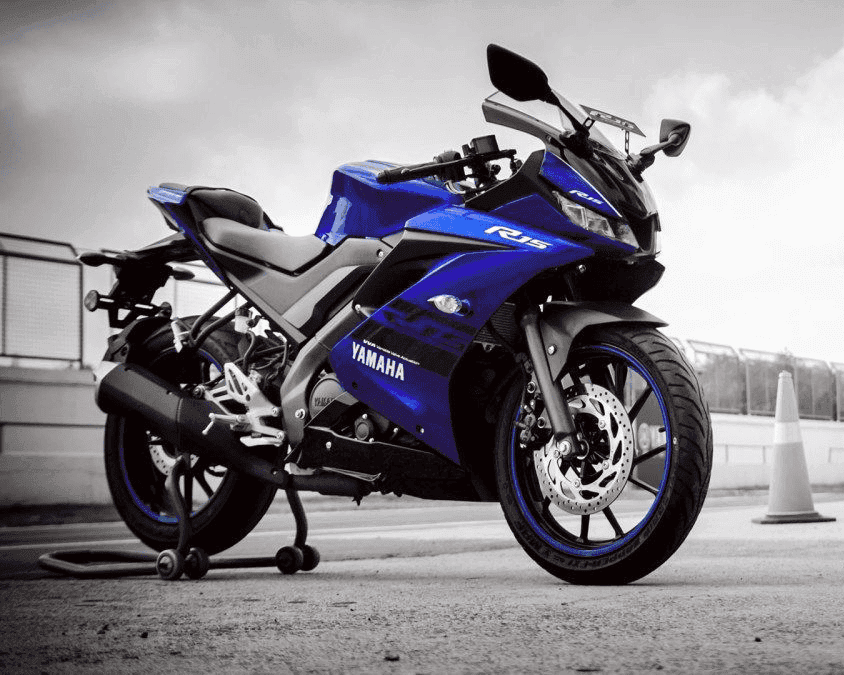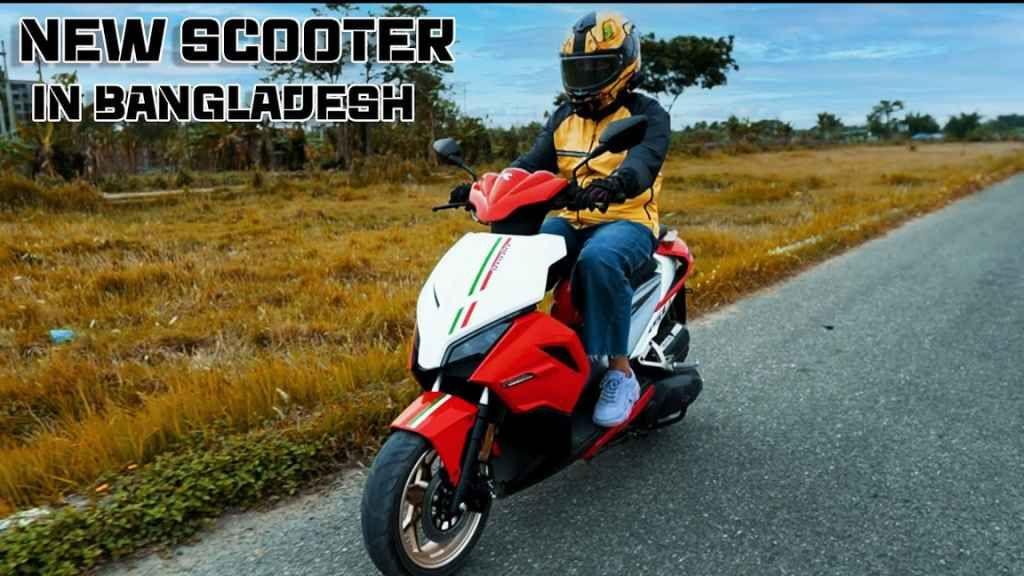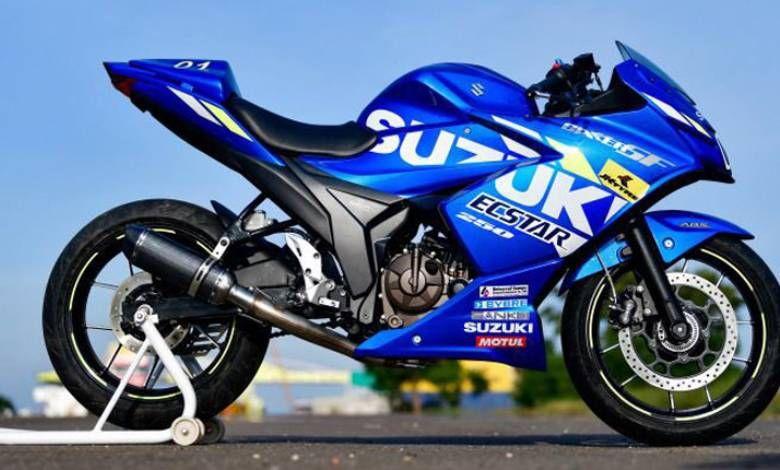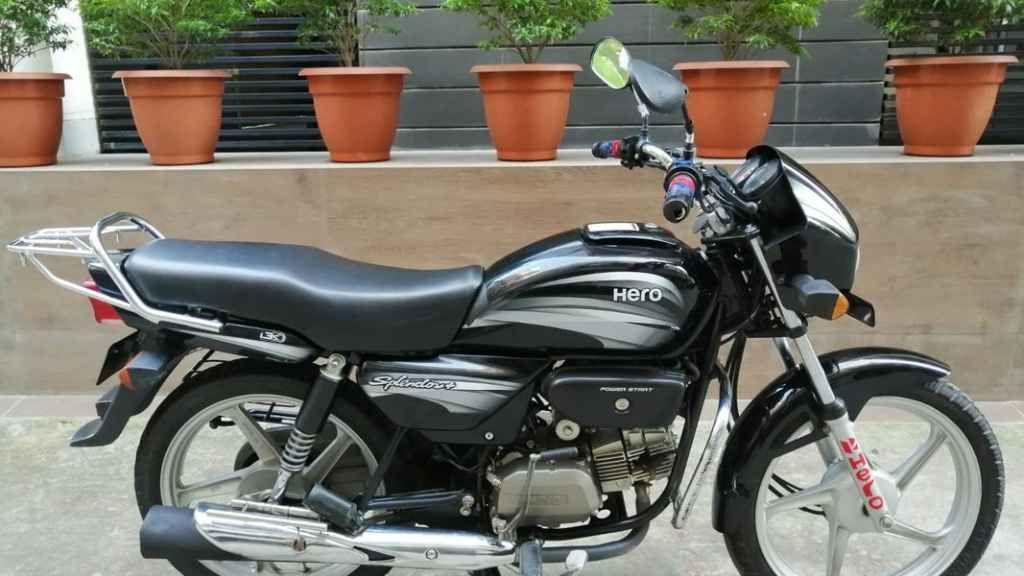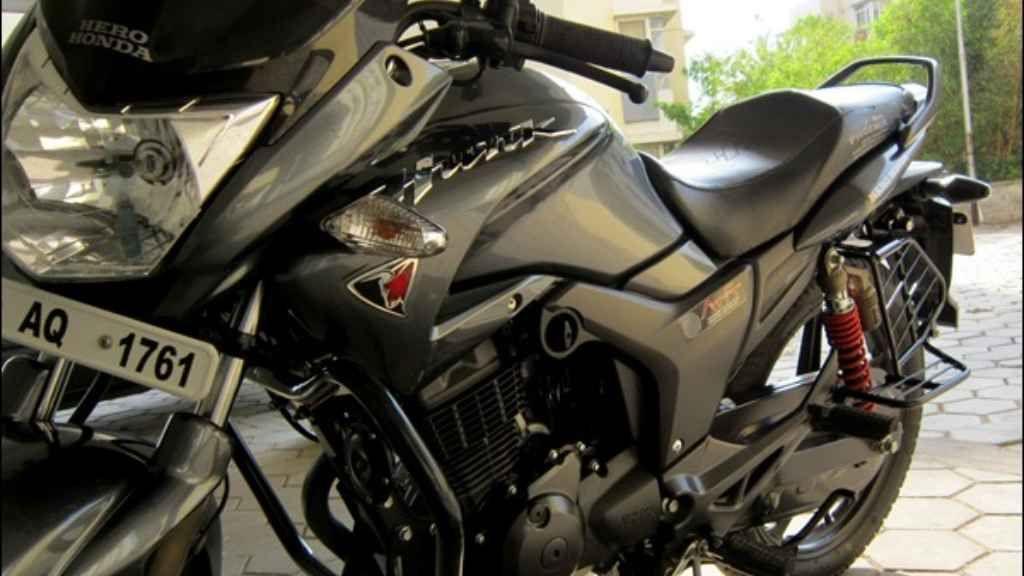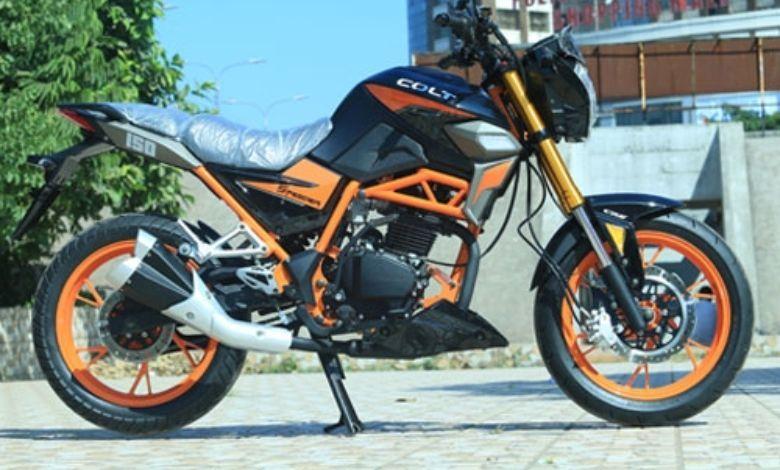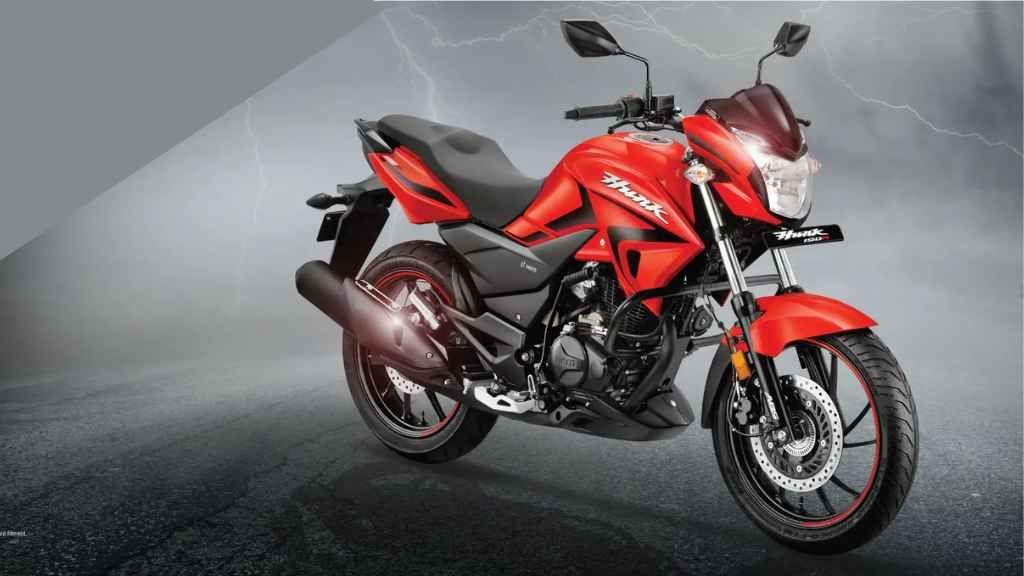The Right Way to Ride a Motorcycle During the Rainy Season
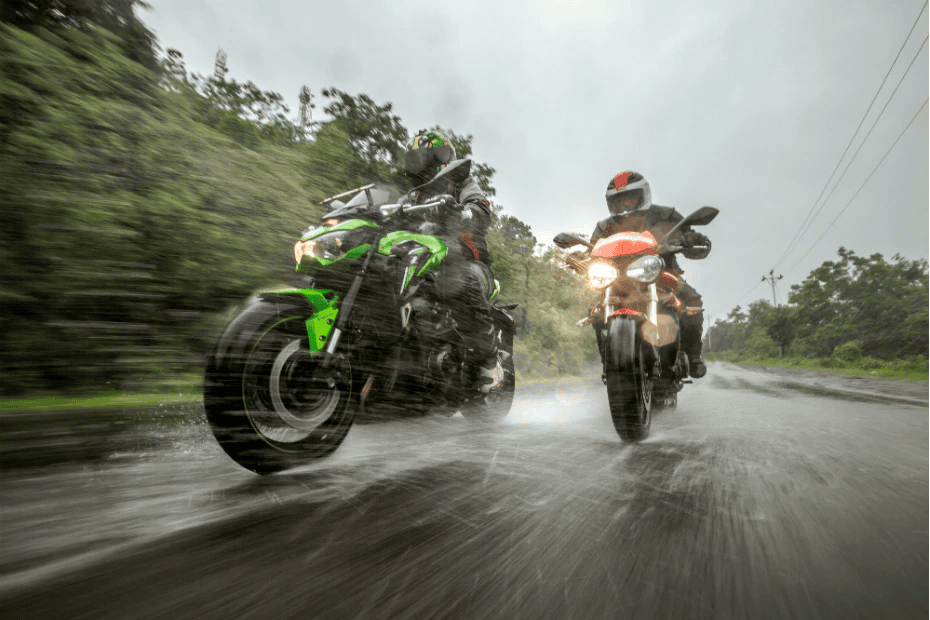
In Bangladesh, the arrival of the rainy season means constantly wet roads, water logging on various streets, traffic jams, and muddy conditions! Amidst all of this, thinking about riding a motorcycle sometimes even experienced riders find themselves sighing. The daily roads are not highways; the joy of going out with friends on bikes is also missing. On top of that, when the rain comes, several new problems arise. After talking with several experienced bikers, we have gathered a few tips for you. We hope they will be helpful to you.
Why Rain Is a Hassle for Bikers
The biggest difference between a bike and a car is that the bike is completely open. The rider gets wet, and everything they are carrying also gets wet. The helmet visor becomes foggy and cloudy, making it hard to see the road. Additionally, when water collects on the road, various parts of the bike, including the engine, also get wet.
Wet roads mean that a thin layer of water prevents the bike's tires from gripping properly. Without good grip, when braking, the bike tends to slide forward compared to usual. This is only the issue with good roads. In most parts of Bangladesh, during the rainy season, road repairs and maintenance are ongoing, so potholes, manholes, and water logging on the roads are common issues.
Moreover, if the biker doesn't have proper riding gear and accessories, the inconvenience increases. Here we will talk about some important equipment, techniques, and tips that can make your ride a little easier in such tough conditions.
The First 15 Minutes Are the Toughest
When the rain starts, the first 15 minutes are the worst on the roads. This is because the oil and dirt accumulated on the road mix with the rainwater, making the surface even slipperier. This time is quite dangerous for riding. During this period, be cautious with your brakes and throttle usage.
Within the first 15 minutes of the rain, the dirt is washed away, and the slipperiness reduces significantly. So, if you have time, you can stop your bike, grab some tea or snacks, and prepare yourself and your belongings to avoid getting wet. If it starts raining before you leave, it’s better to wait a little while before setting off.
Motorcycle Raincoat/Rain-Friendly Gear
Motorcycle-friendly raincoats or windbreaker jackets and pants are your best companions during the rainy days. If you are not comfortable using a raincoat, a stylish windbreaker can provide similar protection. Here are some additional accessories and tips that can help you during this season:
- Try using gloves with rubber wipers or similar add-ons on the fingers. If water collects on the helmet visor, you can clear it by wiping with this part.
- If such gloves are unavailable, you can tilt your head slightly while riding, and the wind will blow off the water from the visor. But make sure not to divert your attention from the road.
- A "Pinlock" visor system is far more effective in preventing fogging compared to regular visors during the rainy season. Many modern helmets support this system, and you can purchase Pinlock inserts separately.
- If your helmet doesn't have a Pinlock system, you can clean the inside of the visor with soapy water and dry it (do not just wash it with plain water). This will create a thin soap layer on the visor, which will reduce fogging for a while.
- During the rainy season, it’s best not to carry a bag on your shoulder unless absolutely necessary. If you must carry one, use a waterproof bag and ensure it's securely fastened to your chest and shoulders to prevent it from sliding off, which can affect your balance and be risky in the rain.
Make Sure You Are Visible on the Road
During the rain, it’s hard for most drivers to see well, and visibility can be poor. As a biker, it’s crucial to ensure that others on the road can see you and be aware of your position. Here are a few tips:
- Most motorcycle gear and helmets come with reflective elements. If your gear or helmet doesn't have these, you can buy reflective tapes and apply them for added visibility.
- Keep your headlight's high beam on. This helps other vehicles, including cars and trucks, see you clearly, especially in heavy traffic.
- In heavy rain, turning on your hazard lights can also be helpful.
Reduce Speed and Try to Maintain Control
If you're riding in the rain, reduce your speed by about 10%-25% during the first 20 minutes. While this may feel uncomfortable, it is the safest way to reach your destination. At this slower speed, pay attention to your lane, the condition of the road, and any potholes or obstructions. Be cautious with your brakes.
If there is standing water or submerged sections of the road, it is important to cross them carefully. If you don’t, water might enter the exhaust pipe and cause problems. In such situations, try to maintain a steady throttle while crossing, which will help push the exhaust gases out and prevent water from entering.
However, this technique is only effective for shallow water or short periods. If the road is completely submerged, or if you're stuck in a traffic jam, it's wiser to turn off the engine and push your bike through the water.
After riding slowly for about half an hour, if the road condition improves, you can increase your speed to about 90% of your usual speed. As long as it rains, maintaining a slightly reduced speed is the safest approach. Remember, during the rainy season, your tires, brakes, and engine are more likely to act unpredictably compared to dry conditions, so driving cautiously is necessary to prevent accidents.
What to Do When Someone Overtakes You or Passes Close By?
On rainy days, everyone on the road tends to rush a bit. Many drivers may try to overtake you. Maintain control of your speed and stay calm. Keep a safe distance from the vehicle ahead, and increase this distance compared to dry weather. When overtaking another vehicle, leave enough space for safety.
Usually, the vehicle trying to overtake will follow you for a while. If you need to reduce speed or stop during this time, there is a risk. To make it easier, you can shift slightly to the left of your lane, signaling to the vehicle behind that they can pass you. Try to maintain control of the situation and be mindful of not letting the overtaking vehicle take your entire lane.
When a large vehicle overtakes you, water may splash onto you. Mentally prepare for this possibility. If you’re wearing raincoat pants, you can protect your clothes from getting wet. Keep your focus on the road. If a large amount of water splashes on your helmet visor, it might cause visibility issues for a moment. If possible, stop and clean the visor; don’t continue riding with a foggy visor.
Keep a safe distance behind other vehicles and try to ride through their tracks. The tires of the vehicle in front will have displaced some water, and riding through that can be safer than riding through the untouched road surface.
Stay Calm and Alert
If you’re anxious while riding, it will affect your biking skills, awareness of road conditions, and decision-making. So, there’s no need to stress when it starts raining.
Try to keep your body relaxed and loose while riding. This will help absorb any sudden jerks or skids, and you won’t lose control of the bike. Just like the suspension on a bike, if your body stays loose and relaxed, it will handle any unexpected movements much better.
Frequently Asked Questions by Customers
What Should I Do if It Starts Raining While I’m Riding?
Try to slow down as much as possible. Hold the clutch and slowly cross the waterlogged areas. If you were speeding earlier, try to regain control without making sudden speed changes. The road will be slipperier immediately after it starts raining, so take caution and wait if possible for 10-15 minutes before continuing.
Is It Safe for My Motorcycle to Get Wet in the Rain?
Most motorcycles are designed in such a way that they can handle rain without any issues. If your bike gets wet while moving or parked for a short time, there should be no problems. However, if it is not properly maintained after being exposed to rain, or if it is parked outside in the rain for a long period, the engine, electrical parts (ECU), and other components may rust and get damaged.
What Should I Do After My Motorcycle Gets Wet in the Rain?
After every ride, it's important to clean off any mud that has accumulated on the bike. If the mud is left for long, it can cause rusting. Also, don’t leave your riding gear and accessories wet for too long, as they can get damaged by fungus.
Where Can I Buy Good Quality Biker Raincoats?
If there’s a good sports or auto parts store in your area, you can find quality biker raincoats and pants there. You can also buy various riding gear, windbreaker jackets, and reflective stickers from Bangladesh’s largest marketplace, Bikroy.com.
What Is the Purpose of Hazard Lights on a Motorcycle?
Generally, hazard lights are used in vehicles to signal danger or an emergency. However, on motorcycles, hazard lights serve an even more important role. In rain, fog, or any other dangerous condition, it’s hard for other drivers to notice where your bike is or what it’s doing. By turning on the hazard lights, bikers can let other drivers know about their position and actions, such as slowing down or stopping.
